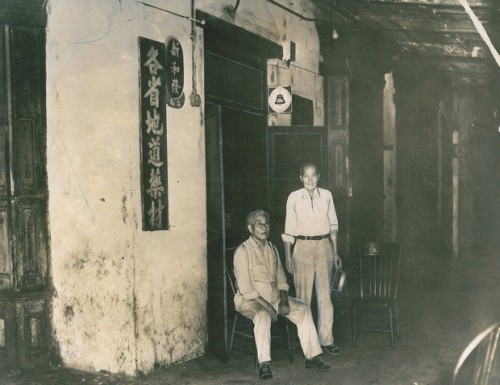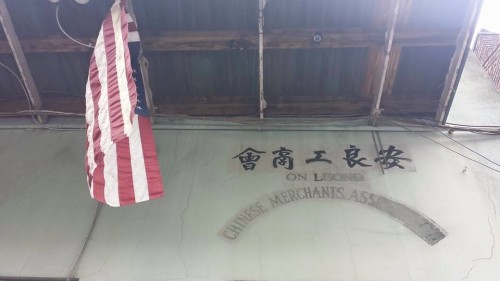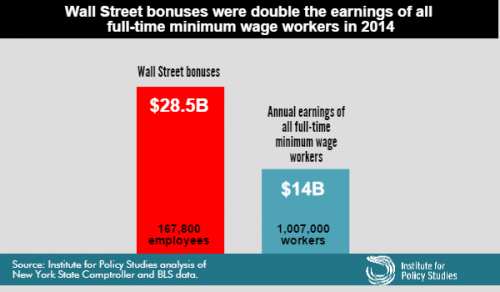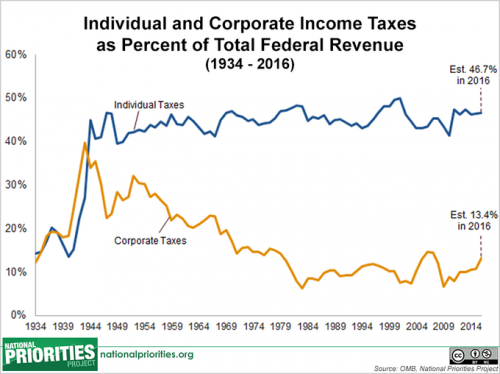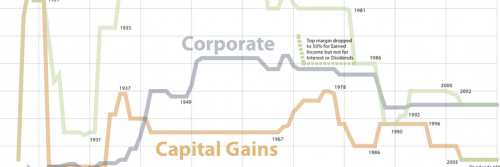Ah, capitalism.
The thing about our time is that we just might value individuality more than at any other point in the history of human life and, yet, at the same time, we have more capacity to mass produce goods and ideas than ever.
Enter: the marketing of mass-produced individuality. That is, the new Sex Pistols-themed Mastercard. Now available at virginmoney.com/virgin/credit-cards/rebellion.
Now that is a URL of the times.
Their slogan? “Bring a bit of rebellion to your wallet.”
I know almost nothing about punk music but I know that the Sex Pistols were foundational and that the message of the music was anti-establishment. So, the appearance of the band on credit cards with an APR of 18.9% is, sociologically speaking, hilarious.
Hey, maybe you can buy a replica of a famous punk musician’s guitar with it! It comes pre-stressed, so it totally looks like you play it a lot and probably treat it like shit because who the fuck cares. And it also comes with some stickers that look vaguely anarchical and you can make it your own depending on which stickers you choose and where you put them!
Sociologist Brady Potts wrote a post about this guitar a few years ago. He asked: “What can we unpack from this guitar?” And wrote:
Pretty much the history of modernity. You start with “the guitar” – an instrument traditionally produced by artisans called luthiers. But this particular style of guitar – the Fender Telecaster – is the first commercially successful mass-produced solidbody electric guitar. (Henry Ford:Driving::Leo Fender:Rocking.) Introduced in 1950 as the Esquire… assembled on a factory line from mass-produced interchangeable parts, sold in stores and catalogs, heard most often via media and broadcast for most music consumers, the 1966 Fender Telecaster is truly a Modern guitar.
And now you can buy it with a Sex Pistols credit card. Nope, looks like they’re sold out. Sorry, you’ll just have to buy your identity somewhere else.
Thanks to @NotDrSnit for the tip!
Lisa Wade, PhD is an Associate Professor at Tulane University. She is the author of American Hookup, a book about college sexual culture; a textbook about gender; and a forthcoming introductory text: Terrible Magnificent Sociology. You can follow her on Twitter and Instagram.





